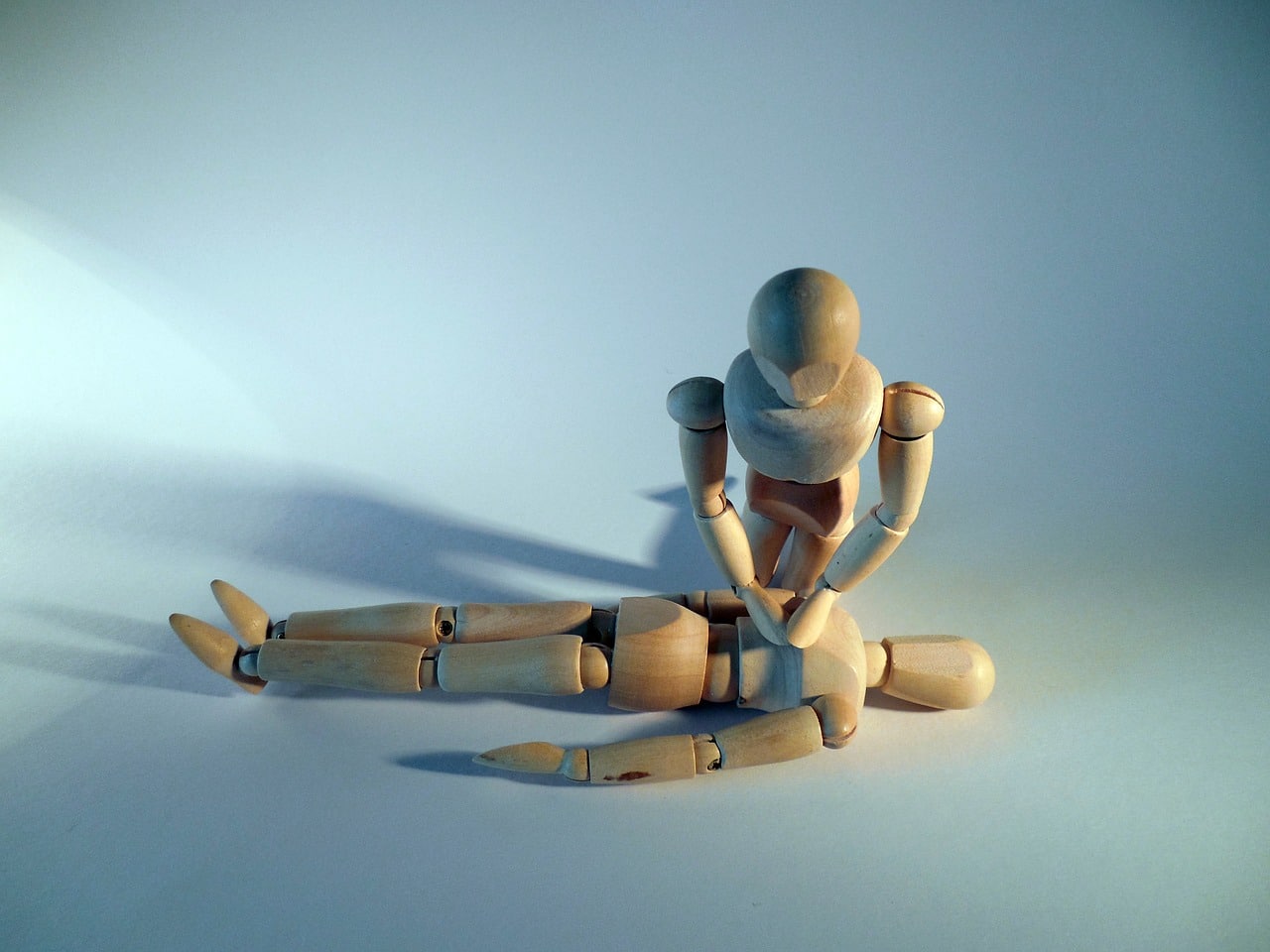First Aid Basics for Law Firms
Law Firm First Aid Basics
First aid is important emergency care administered by trained individuals for an injury or sudden illness before emergency medical treatment is available. All injuries should be treated since seemingly unimportant ones, i.e., splinters or puncture wounds can result in infection. Proper first aid can also help your law firm prevent large workers comp claims.
Follow these procedures before medical help arrives:
BLEEDING from lacerations, etc., is the most visible result of an injury. We have between 5-6 quarts of blood in our bodies. Most people can lose a small amount of blood, but if a quart or more is quickly lost, it could lead to shock and/or death. Treat bleeding by elevating the wound, using a clean cloth, and applying pressure with your hand until the bleeding stops. Never use a tourniquet (or similar device) to control blood flow except in response to an extreme emergency, such as a severed arm or leg.
UNCONSCIOUSNESS – Determine responsiveness by gently tapping the victim and asking, “Are you ok?” If no response and the victim is not breathing or has no pulse, begin CPR, and seek medical aid.
SHOCK – If not treated quickly, shock can threaten the life of a victim. Shock occurs when the body’s important functions are threatened by not getting enough blood or when major organs and tissues don’t receive enough oxygen. Symptoms include pale or bluish skin color, cold to the touch, vomiting, dull and sunken eyes, and unusual thirst. Shock requires medical treatment to be reversed. Prevent the loss of body heat by covering the victim with blankets.
Before administering the Heimlich maneuver, CHOKING first asks the victim to cough, speak, or breathe. If the victim can do none of these, stand behind the victim, locate the bottom rib with your hand, move your hand across the abdomen, make a fist and place the side of your thumb on the stomach. Position your other hand over your fist and press into the victim’s stomach with a quick upward thrust until the food or object is dislodged.
BURNS – There are many different types of burns, such as thermal, chemical, electrical, or contact burns. Each of these can occur differently, but treatment for them is very similar. First, run cold water over the burn for a minimum of 30 minutes. Flushing the burn takes priority over calling for help. If clothing is stuck to the burn, don’t try to remove it. Instead, cut or tear the clothing from the burn area. Cover with a clean, cotton material or leave uncovered if none is available. Do not scrub or apply any soap, ointment, or home remedies.
HEAT EXHAUSTION AND STROKE — Heat exhaustion and heat stroke are two different things, although they are commonly confused as the same condition. Heat exhaustion occurs due to loss of body fluids and salts where there is poor air circulation. The body reacts by increasing heart rate and blood circulation. Symptoms include fatigue, dizziness, and disorientation, normal skin temperature but a damp and clammy feeling. Treat by moving the victim to a cool spot and encourage the drinking of cool water and rest. Heatstroke occurs when the body’s sweat glands have shut down. Symptoms include confusion, collapse, unconsciousness, and fever with dry, mottled skin. Immediately move the victim to a cool place and pour cool water over the victim.
HYPOTHERMIA can be life-threatening. Symptoms include: lower than normal body temperature, shivering, apathy, disorientation, drowsiness, and eventually unconsciousness. Immediately move the victim into a nearby shelter, remove wet clothes, and replace them with dry clothes or blankets.
POISONING – Move the victim away from the poison, then provide treatment. If it’s in solid form, i.e., pills, remove it from the victim’s mouth using a clean cloth wrapped around your finger. If it’s gas, use a respirator to protect yourself, then move them to fresh air. If it is corrosive, remove the clothing and flush it with water for 30 minutes. Have the container or label with you when calling for medical help.
FIRST-AID SUPPLIES should reflect the kinds of injuries that may occur and must be stored in an area where they are easily accessible. An automated external defibrillator (AED) should be considered when selecting first-aid supplies and equipment.
GOOD SAMARITAN LAWS – Most states have enacted Good Samaritan Laws to encourage people to help others in emergencies. These laws give legal protection to people who provide emergency care to ill or injured persons.

